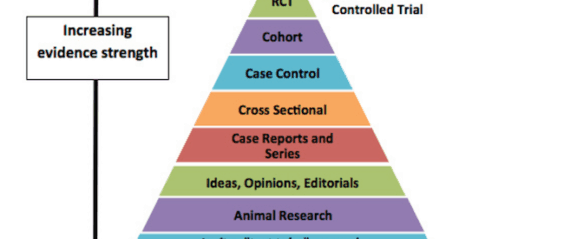Contextual Healing
Governing profiled billionaire pension skeptic John Arnold. Arnold’s story is a relevant policy point for two reasons. He is a leading funder of public pension research, and he is concerned with the long-term viability of pensions. The article is an easy read and nicely lays out the debate about public pensions.
For some context on Arnold’s work, check out a short piece on the City of Dallas’s financial struggles, which are partly due to its historically underfunding its local pension.
North Carolina is recognized for its discipline in funding its pension system and manages most local pensions at the state level. Despite these differences, when a growth engine like Dallas struggles financially, it is important to understand why.
In the Weeds
Two interesting takes on the use of data in governance:
- The city of Baltimore and state of Maryland have been leaders in data-based performance management. Both governments have reduced funding and, thus, the efficacy of these efforts. Two takeaways: (1) performance measurements programs are “all-in” investments, i.e., they do not work well when underfunded; (2) data analytics programs, like most other capital-intensive programs, can be difficult to maintain, especially during political transitions when a champion leaves office, and the management burden falls to an underwhelmed successor.
- The Pew Charitable Trusts and the MacArthur Foundation published a 50-state report on evidence-based policymaking. North Carolina is in the middle of the pack–one of 27 states in the third of four tiers. Except for those who enjoy deep dives into metrics and methodology, we recommend quickly skimming the first 80 percent of the report to generally understand how the study is organized and then jumping to page 43 to see North Carolina’s profile, as well as specifics on other states.
Making News
The Tow Center for Digital Journalism at Columbia University released a report examining the how the shift from print to digital journalism affects the journalism process and industry. Facebook, Twitter and the other social media titans are replacing the role formerly occupied by traditional publishers.
The piece concludes with four issues to keep an eye on:
- How do journalists report on a system of power, i.e., Silicon Valley, if journalism is embedded within it?
- How do news outlets distribute content outside social media?
- How do we deal with the shift from humans to computer-based algorithms as the decision-makers of what content people see?
- What role does government have, if any, in regulating the new ecosystem?
It is long but worth a detailed skim, particularly for the graphics and timelines. Here’s a graphic that we found particularly interesting showing how 14 media sources use 20 different social media platforms to distribute content:

EducationNC, our affiliated partner, continues to consider the future of news platforms, social media, and the potential impact on North Carolina. This year, they launched Reach NC Voices, a project designed to create more robust two-way communication streams across an array of issues. It uses an a variety of mechanisms to survey North Carolinians in real time about the issues that matter to them and to distribute those findings statewide.
What we're reading
Which Health Studies Are Reliable? ACSH Explains Epidemiology
Public health is a field that is widely misunderstood, even by science journalists. This brief outline lays out which epidemiological studies are most reliable and why.... Read the rest-
The War on Drugs Has Failed. What's Next?
-
Chicago Reform May Require Student Life Plan Before Graduation
-
Another Sneaky Pharmacy Management Practice Needs to End
-
50 Shades of Gray: America's Scientific Workforce is Aging
-
School Lunch Share Tables Fight Food Waste and Hunger
-
Vital Stats: The widening gap between corporate and labor PAC spending


